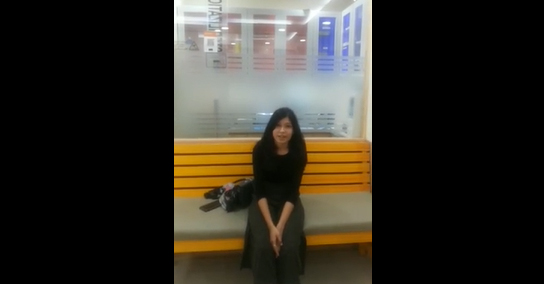
Book An Appointment, Call Now
09650382224
About InvisiBracesTM
Conventional Braces
v/s
Clear Aligners
Unlike conventional braces, aligners do not need:
- Lengthy procedure to fix brackets
- Repeated wire changes
- Repeated fixing of brackets
- Repeated elastic changes
- Multiple impressions
- Job Sacrifice
- Same Orthodontist
- Multiple dental visits
- Acid etching of teeth to fix braces
Clove Experience

1 Million+
Patients

950+
Doctors

350+
Clinics
Why InvisiBracesTM ?
- Custom made with the best aligner material
- Treatment planned by experienced Orthodontists
- Virtually invisible making it impossible to spot
- As they are removable, they make day-to-day tasks easy
- Backed by European technology
- Use the right kind of force to push the teeth in the right place
- Visualize accurate results well in advance
- Treatment reviewed nationally leaving no scope of error
- An ideal way of straightening your teeth without spending a fortune
How does it work ?
Step 1
A digital scan of teeth using a 3D scanner
Step 2
A detailed treatment plan with end result is made using 3 Shape software for planning & designing
Step 3
3D printing and fabrication of InvisiBracesTM
Step 4
Delivery
Treatable Cases
Open Bite

In an open bite, the front teeth do not overlap the lower teeth. This condition is usually caused by oral habits like finger sucking, tongue thrusting, or when the jaws don’t grow evenly.
Overly Crowded

When teeth are crooked and overlap mainly due to lack of space; the condition is known as crowding. Some of the causes include improper eruption of teeth, early or late loss of primary teeth or when there is disharmony between the size of the teeth and the size of the jaw.
Over Bite

In an overbite, the upper front teeth protrude over the lower front teeth in a way that they do not touch at all. In this case, the upper teeth cover most part of the lower front teeth.
Crossbite

When one or more upper teeth bite on the inside of the lower teeth, this condition is called a crossbite. This can happen on either one or both sides of the jaw.
Spacing

Spacing is an excess of space for the teeth, resulting in gaps between the teeth. This occurs when the teeth are smaller than the available space, or due to missing teeth. Oral habits like tongue thrusting and thumb sucking can also result into this condition.









